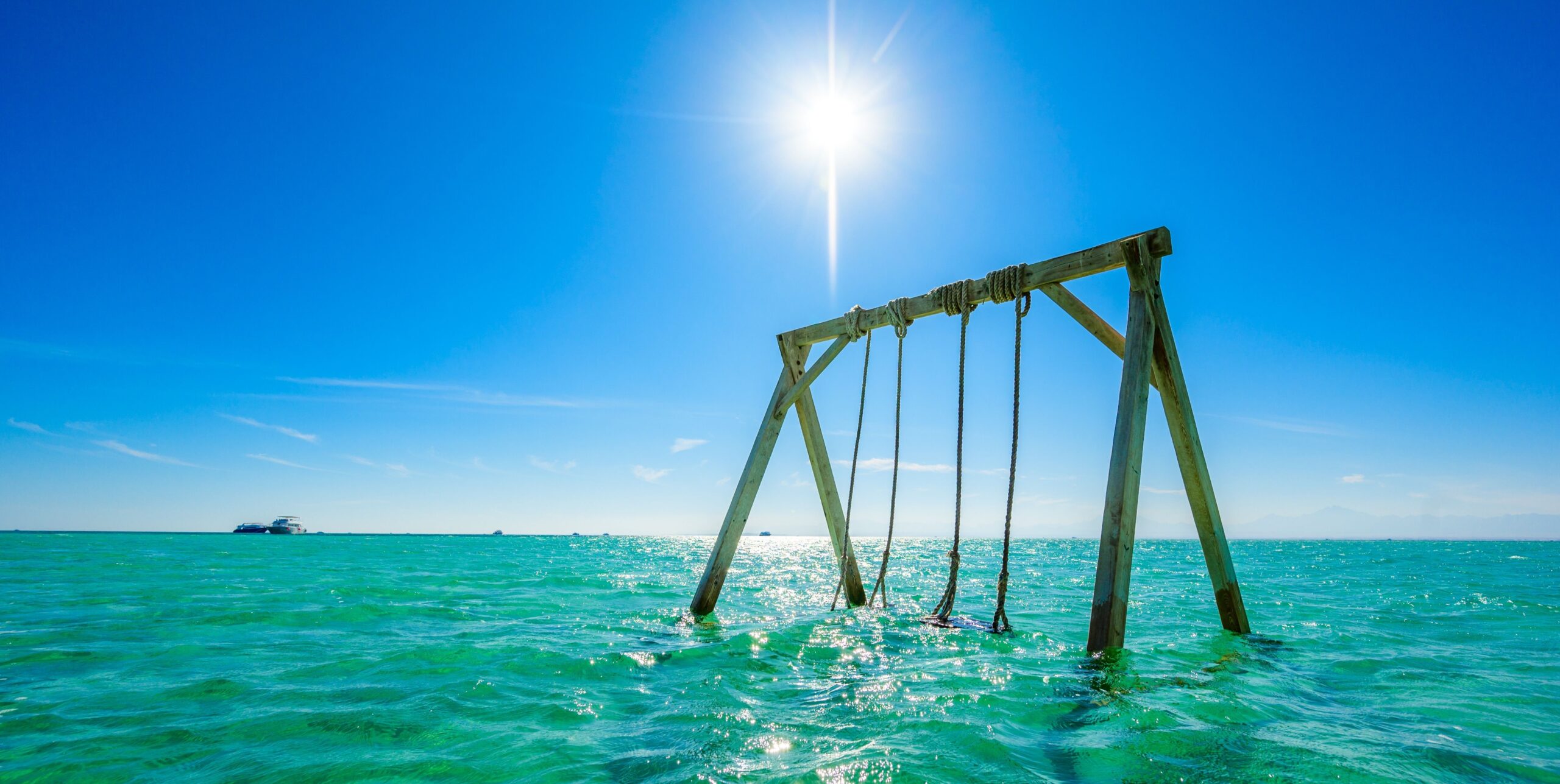Hurghada is famous worldwide for its turquoise waters, luxury resorts, and vibrant coral reefs — a paradise for sunseekers and divers alike. Yet, beyond its beaches lies another side of Egypt that many visitors overlook: its deep and captivating history. From pharaonic temples and Coptic monasteries to ancient towns echoing with centuries of stories, Hurghada serves as a gateway to Egypt’s cultural treasures.
This guide explores the top cultural day trips from Hurghada, focusing on destinations like Luxor, Cairo, monasteries in the Eastern Desert, and historic towns along the Nile Valley. Whether you’re fascinated by ancient architecture, local traditions, or spiritual heritage, these journeys let you experience the soul of Egypt — all within reach of the Red Sea coast.
1. Why Cultural Day Trips from Hurghada Are Worth It
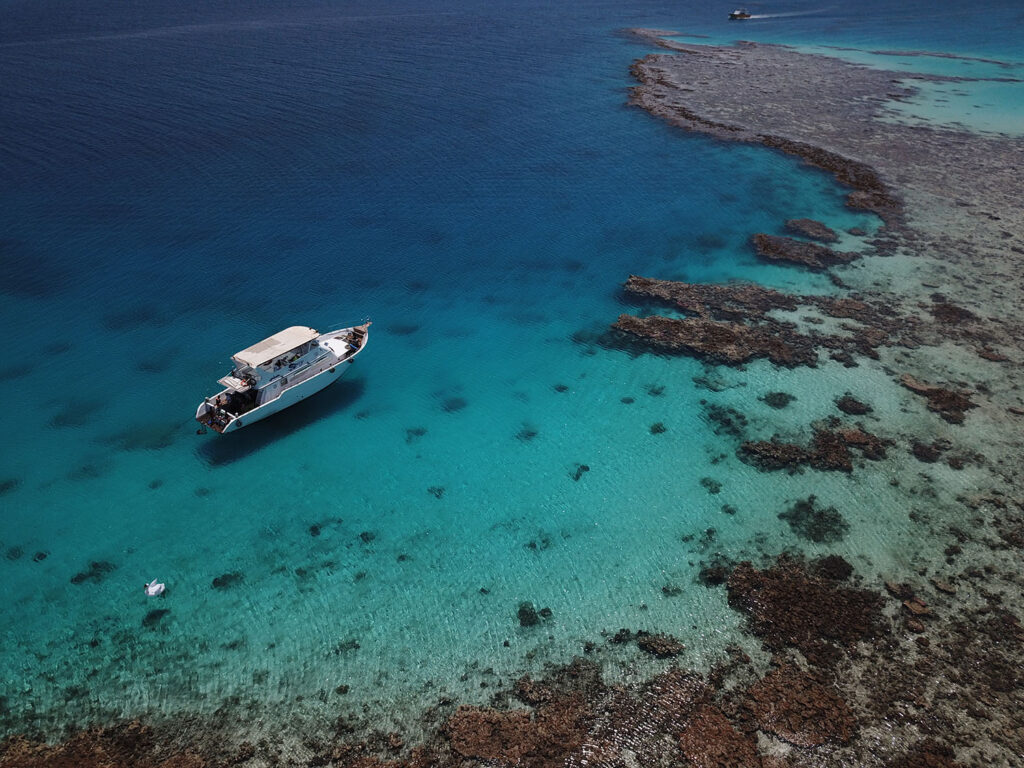
While Hurghada itself offers modern comforts and sea-based adventures, many travelers seek to balance relaxation with exploration. A cultural day trip adds depth to your vacation — allowing you to witness Egypt’s legacy up close without committing to long travel schedules.
Here’s why these trips are so rewarding:
- Proximity to major historical sites: Hurghada’s central location makes it easy to reach Luxor, Cairo, and the monasteries of the Eastern Desert.
- Professional guided tours: Most excursions are led by Egyptologists who bring ancient stories to life.
- Comfortable transport: Modern air-conditioned buses and minibuses make long drives pleasant and safe.
- Unforgettable contrast: A day spent among temples, pyramids, and ancient tombs perfectly complements the serene beaches of the Red Sea.
2. Luxor: The Ancient City of Thebes
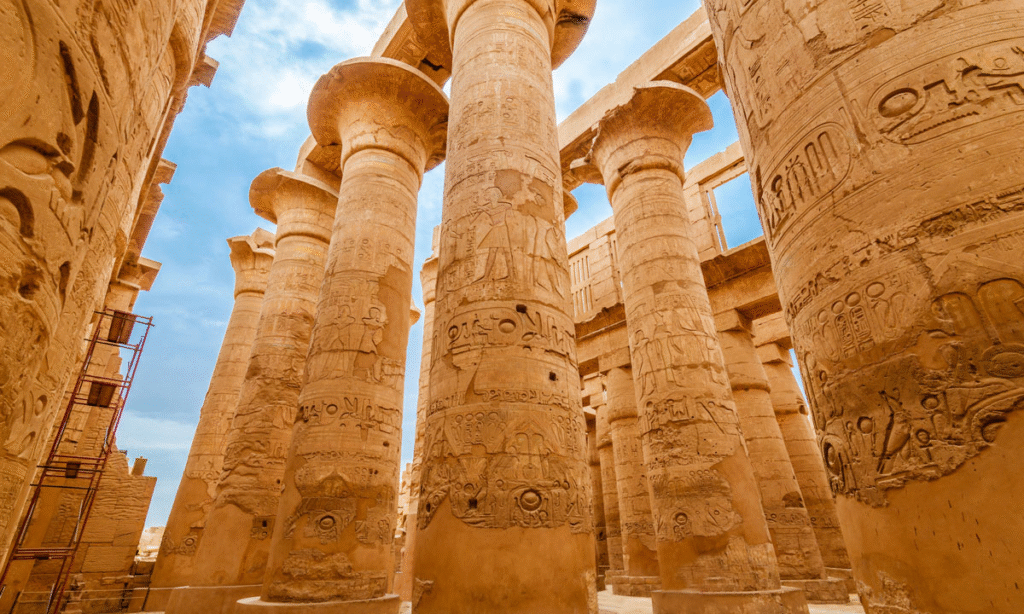
Distance from Hurghada: About 280 km (4–5 hours by car or bus)
Ideal for: History lovers, photographers, families with curious kids
If there’s one cultural trip you shouldn’t miss from Hurghada, it’s Luxor — often called the world’s greatest open-air museum. Once the ancient capital of Thebes, Luxor is home to some of the most significant monuments of Egyptian civilization.
Highlights of a Luxor Day Trip
- Karnak Temple Complex:
This monumental site is one of the largest religious complexes ever built. Dedicated to the god Amun-Ra, it’s a stunning labyrinth of towering columns, sphinx-lined avenues, and colossal statues. Walking through the Great Hypostyle Hall, with its 134 massive pillars, is an awe-inspiring experience. - The Valley of the Kings:
On the west bank of the Nile lies the legendary burial ground of Egypt’s pharaohs. Here you can explore the tombs of great rulers like Ramses II and Tutankhamun. The walls are adorned with colorful hieroglyphics that have survived for millennia. - Hatshepsut’s Mortuary Temple:
Built for one of Egypt’s few female pharaohs, Queen Hatshepsut, this temple blends harmoniously into the cliffs of Deir el-Bahari. It’s a masterpiece of ancient architecture, symbolizing power and devotion. - Colossi of Memnon:
These two gigantic statues of Amenhotep III guard the entrance to his long-lost temple. They’ve stood for over 3,000 years, watching over the Nile valley.
Experience Tips for Luxor Trips
- Leave early (around 5 a.m.) to make the most of the day.
- Bring sun protection — Luxor’s heat can be intense even in winter.
- Many tours include a Nile boat ride (felucca or motorboat) — a relaxing contrast after temple visits.
- For an unforgettable view, consider booking a hot-air balloon ride at sunrise over the West Bank (available on extended trips).
Luxor offers a full immersion into ancient Egypt — a must-see for anyone curious about the pharaohs and their extraordinary civilization.
3. Cairo: The City of History and Civilization
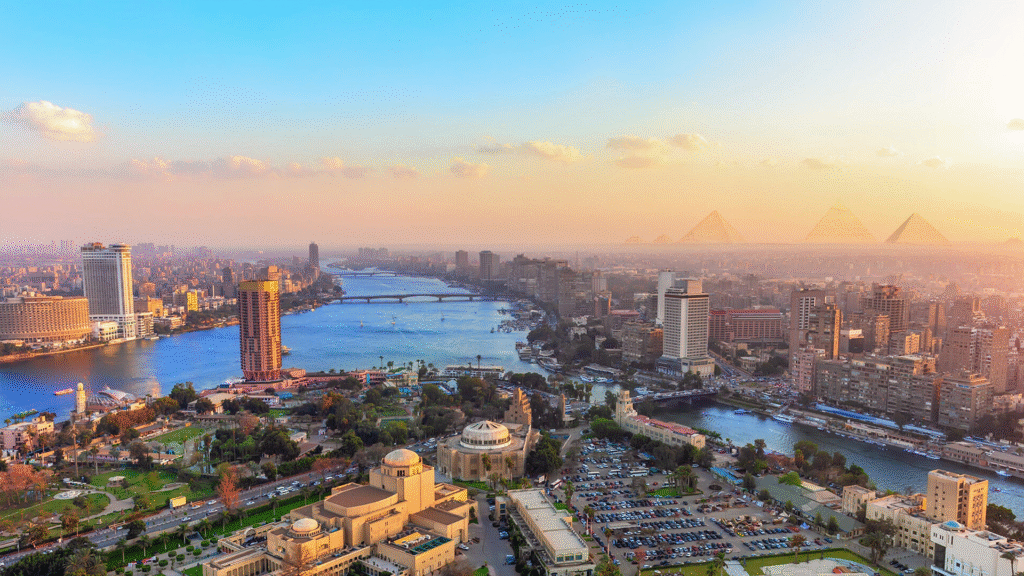
Distance from Hurghada: About 460 km (6 hours by road or 1 hour by flight)
Ideal for: Those seeking iconic landmarks, families, and culture enthusiasts
Cairo, Egypt’s bustling capital, is one of the most vibrant cities in the world. It’s a place where modern life hums beside remnants of one of humanity’s oldest civilizations. A day trip from Hurghada to Cairo may be long, but the experience is absolutely worth it.
Highlights of a Cairo Day Trip
- The Pyramids of Giza and the Great Sphinx:
These wonders need no introduction. The Great Pyramid of Khufu, the only remaining Wonder of the Ancient World, rises majestically above the desert. Nearby, the enigmatic Sphinx guards the plateau — a timeless symbol of Egyptian mystery. - The Egyptian Museum (Tahrir Square):
Home to thousands of ancient artifacts, including the golden treasures of Tutankhamun, the museum provides an incredible overview of Egypt’s 5,000-year history. - The National Museum of Egyptian Civilization (NMEC):
A newer, beautifully curated museum housing the royal mummies and cultural exhibits tracing Egypt’s evolution from prehistory to modern times. - Old Cairo and Coptic Heritage:
Visit the Hanging Church, one of the oldest Christian churches in the Middle East, and explore the narrow streets of Coptic Cairo — a serene pocket of spirituality in a bustling city. - Khan El Khalili Bazaar:
End your day wandering through Cairo’s most famous market. It’s a feast for the senses — filled with the scent of spices, the shimmer of lanterns, and the sounds of local merchants calling out to travelers.
Cairo Travel Tips
- Bring comfortable shoes — you’ll walk a lot!
- Carry bottled water and light snacks.
- Consider a private Cairo tour from Hurghada by plane for a more relaxed schedule.
- Always stay with your licensed guide to avoid getting lost in busy areas.
Cairo’s cultural density is unmatched. It’s not just a trip — it’s a step into the living heartbeat of Egyptian history.
4. The Monasteries of St. Anthony and St. Paul
Distance from Hurghada: Around 230 km (3 hours by car)
Ideal for: Spiritual travelers, history enthusiasts, quiet explorers
Nestled in the Eastern Desert near the Red Sea Mountains are two of the oldest Christian monasteries in the world — St. Anthony’s Monastery and St. Paul’s Monastery. Both date back to the 4th century AD and hold immense religious and historical significance.
St. Anthony’s Monastery
This sacred place is dedicated to St. Anthony the Great, considered the founder of Christian monasticism. The monastery complex is a peaceful oasis surrounded by desert cliffs. Visitors can see ancient chapels decorated with Coptic frescoes, libraries containing centuries-old manuscripts, and gardens maintained by monks.
St. Paul’s Monastery
A little further into the mountains, this monastery is quieter and smaller but equally moving. Built around a cave where St. Paul the Hermit is said to have lived for 80 years, it exudes deep tranquility.
Why Visit These Monasteries
- Discover early Christian history and Coptic art.
- Enjoy breathtaking desert landscapes.
- Meet friendly monks who still live according to ancient traditions.
- Experience peace and silence rarely found elsewhere.
Many guided tours combine both monasteries in a single day, departing early from Hurghada and returning by evening.
5. The Ancient Town of Qena and the Dendera Temple Complex

Distance from Hurghada: About 250 km (4 hours by car)
Ideal for: History lovers, photographers, off-the-beaten-path explorers
For travelers seeking a less crowded yet equally fascinating cultural site, Dendera is a hidden gem. The Temple of Hathor in Dendera is one of Egypt’s best-preserved temples and offers a more intimate look into ancient religious life.
Highlights of Dendera
- Temple of Hathor:
Dedicated to the goddess of love, beauty, and music, this temple features stunning ceiling paintings depicting the zodiac and ancient astronomical maps. - Colorful reliefs:
Many of the original colors are still visible — rare in most Egyptian monuments. - Underground passages and rooftop sanctuaries:
Visitors can explore deep chambers and climb to the temple roof for panoramic views.
Dendera is often combined with Luxor excursions, offering a deeper dive into Upper Egypt’s ancient culture.
6. El Quseir: A Living History by the Sea

Distance from Hurghada: 140 km south (about 2 hours)
Ideal for: Cultural explorers, families, and architecture lovers
While most tourists head inland for cultural exploration, El Quseir is a coastal treasure rich in history. Once a strategic port used by the ancient Egyptians, Romans, and later by pilgrims to Mecca, this small town offers a glimpse of authentic Egyptian life.
Highlights in El Quseir
- Ottoman Fort:
Built in the 16th century, the fort offers views of the Red Sea and displays historical artifacts. - Old town streets:
Wander through narrow lanes lined with coral-stone houses and traditional shops. - Local bazaars:
Enjoy a calmer shopping experience than Hurghada’s bustling markets. - Historic mosques and churches:
Reflecting centuries of coexistence and cultural blending.
El Quseir is perfect for travelers who want a cultural experience without a long drive.
7. Safaga: Where History Meets the Red Sea
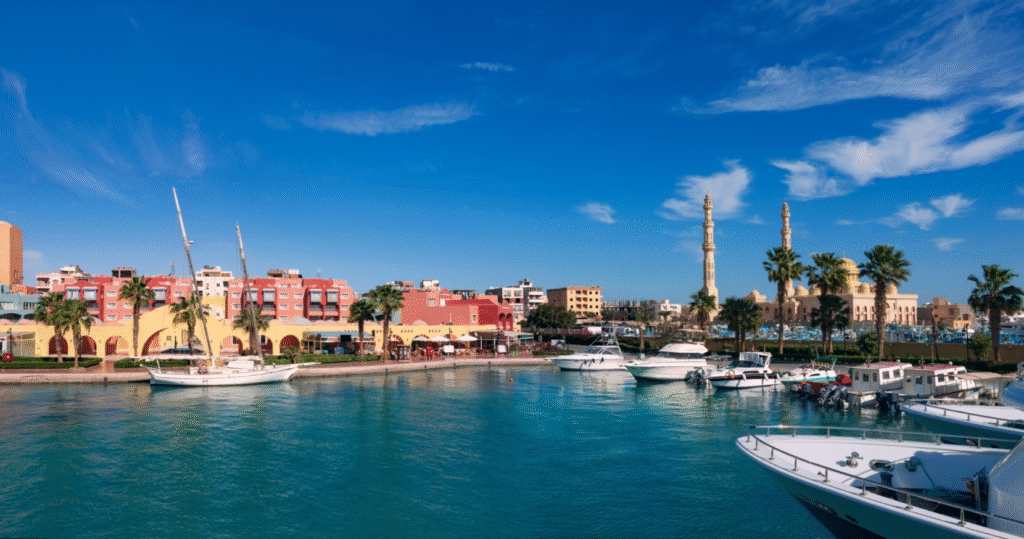
Distance from Hurghada: 60 km south (1 hour)
Ideal for: Families and those combining relaxation with culture
Safaga is best known for its black-sand beaches and health tourism, but it also has an intriguing historical side. Ancient records mention it as Port of Philoteras, used for trade between Egypt and the Red Sea civilizations. Today, you can combine a visit here with a short cultural tour, spa treatments, or snorkeling.
8. Practical Tips for Cultural Trips from Hurghada
To make the most of your cultural adventures, preparation is key.
What to Bring:
- Passport or ID (required for long-distance tours)
- Comfortable clothes and walking shoes
- Sunscreen, hat, and sunglasses
- Snacks and bottled water
- Cash for souvenirs or tips (Egyptian pounds preferred)
Best Time to Go:
- October to April: Pleasant weather for sightseeing
- May to September: Hot, but manageable with early departures and air-conditioned transport
Booking Advice:
- Choose licensed tour operators for safety and quality.
- Private tours allow more flexibility and fewer crowds.
- Always confirm entrance fees and meals included in the tour price.
9. Balancing Culture and Relaxation
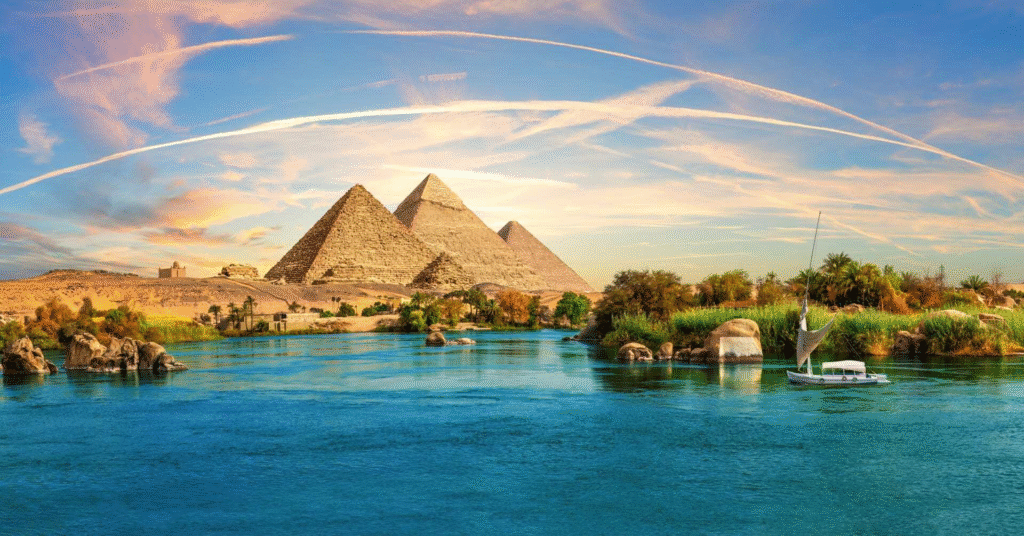
After a day of exploring temples or monasteries, nothing feels better than returning to Hurghada’s calm beaches. Many travelers choose to alternate between adventure and rest: one day discovering Egypt’s history, the next floating above coral gardens.
Hurghada’s beauty lies in this perfect blend — the Red Sea’s serenity balanced with the timeless wonders of ancient civilization.
10. Conclusion: Connecting the Red Sea to Egypt’s Timeless Heritage
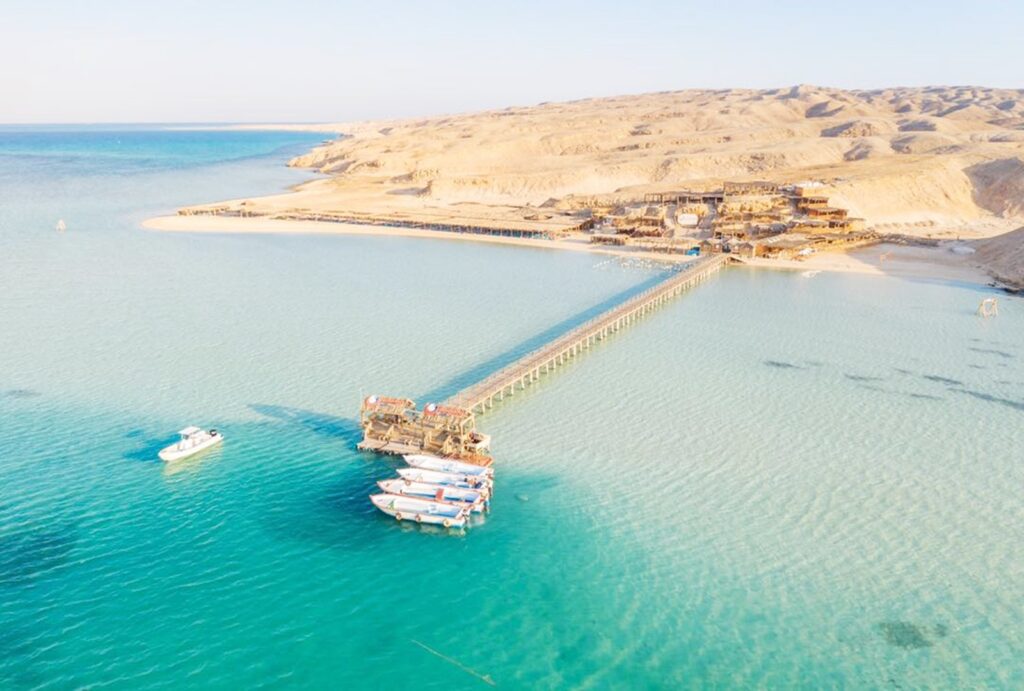
Hurghada may be a paradise of sun and sea, but it’s also a doorway to Egypt’s soul. From the majestic temples of Luxor, the timeless grandeur of Cairo, and the peaceful monasteries of the desert, to the hidden charm of El Quseir and Dendera, each cultural trip reveals a new layer of Egypt’s identity.
By taking even one or two cultural day trips from Hurghada, travelers can transform their beach holiday into an unforgettable journey through history, spirituality, and human achievement.
So, when planning your next Hurghada getaway, don’t just pack your swimsuit — pack your curiosity. Egypt’s treasures are waiting just beyond the shore.

